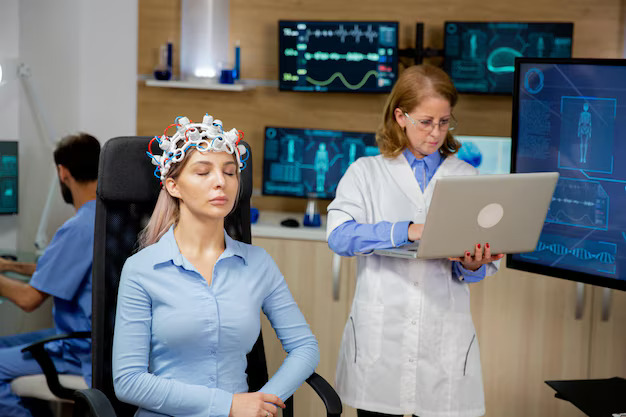7 Ways Generative AI is Making Workplaces More Inclusive
GenAI boosts workplace inclusion by enhancing accessibility, communication, and career growth.


7 Ways Generative AI is Making Workplaces More Inclusive
In today's rapidly evolving digital landscape, organizations are increasingly turning to advanced technologies to not only boost productivity but also to create more equitable work environments. Generative AI has emerged as a transformative force in this arena, offering unprecedented opportunities to break down barriers and unlock the full potential of diverse workforces.
Research shows that AI in the workplace is already being widely adopted, with 65% of marketers, 64% of journalists, and 30% of lawyers reporting regular use of these technologies in their daily work.
This article explores seven key ways that generative AI is creating more inclusive workplaces, examining both the technical implementations and the tangible benefits for employees across different backgrounds and abilities.
How Generative AI is Transforming Corporate Culture. Read more here!

1. Reducing Cognitive Load and Supporting Focus
Information overload is a universal challenge in modern workplaces, but it can be particularly overwhelming for employees with executive dysfunction, ADHD, or processing challenges. Generative AI tools can significantly reduce mental strain by helping employees process and prioritize information more effectively.
Technical Implementation:
- Natural Language Processing (NLP) algorithms analyze lengthy documents, emails, and meeting transcripts to extract key points and action items
- Semantic clustering techniques organize scattered information into structured, digestible formats
- Machine learning systems can learn individual working patterns to prioritize notifications and communications based on relevance
Real-World Impact:
A Microsoft study revealed that 88% of people with disabilities who used AI for work through tools like Microsoft 365 Copilot reported increased productivity, while 80% noted improved communications. By leveraging generative AI, organizations can create a more level playing field, particularly for neurodivergent employees who may bring tremendous talent and creativity to their teams but struggle with certain task types.
"When used as a workplace accommodation, AI in the workplace has the power to level the playing field," notes Christine Norton, Global Alliance Director & GTM Leader at KPMG International.
2. Enhancing Workplace Accessibility
For employees with disabilities or neurodiversity, conventional workplace tasks often require additional steps or workarounds. Generative AI is transforming this landscape by embedding accessibility directly into everyday tools.
Technical Implementation:
- Automatic Speech Recognition (ASR) systems provide real-time transcription with up to 95% accuracy
- Computer Vision algorithms analyze visual content to generate descriptive text for blind or visually impaired users
- Transformer-based models convert text to speech with natural-sounding intonation and pace control
Real-World Impact:
AI in the workplace creates seamless integration of accessibility features, eliminating the need for separate accommodations. For instance, real-time captions and transcripts help employees who are deaf or hard of hearing participate fully in meetings, while AI-powered image recognition allows blind or visually impaired employees to extract detailed information from charts and graphs.
These integrated features don't just benefit employees with disabilities—they create a more intuitive and flexible workplace for everyone.
Gartner Insights: Conversational GenAI Set to Transform CX by 2025. More here!
3. Improving Written Communications
Clear communication is essential in professional settings, but for employees with dyslexia, language-processing challenges, or non-native English speakers, writing can become a significant barrier to showcasing their expertise.
Technical Implementation:
- Advanced language models analyze text for clarity, tone, and professionalism
- Contextual grammar and spelling correction systems accommodate different writing styles
- Real-time translation capabilities powered by neural machine translation (NMT) achieve near-human accuracy across 100+ languages
Real-World Impact:
Generative AI tools help employees express their ideas with greater clarity and confidence by refining tone and structure, correcting grammar to improve readability, and providing real-time translations for multilingual employees. This allows workers to focus on contributing their expertise rather than struggling with wording or language barriers.
An IT manager from Brazil shared how generative AI became his ally in crafting user stories that aligned with his company's engineering team's style, allowing him to communicate effectively despite not being a native English speaker.
4. Supporting Well-being and Preventing Burnout
Workplace burnout has reached alarming levels, with two-thirds of US workers reporting some form of workplace fatigue in 2025. Younger generations are experiencing significantly higher rates, with constant digital interactions and meeting overload identified as key contributors.
Technical Implementation:
- Time-series analysis algorithms identify patterns in working hours and activity levels
- Sentiment analysis tools monitor digital communications for signs of stress or exhaustion
- Recommendation systems suggest optimal break times based on productivity data and cognitive load
Real-World Impact:
AI for work helps employees manage their workload in ways that support their well-being by:
- Analyzing work patterns and proactively suggesting breaks to prevent burnout
- Prioritizing tasks based on urgency, pushing back non-critical items
- Reducing unnecessary meetings through comprehensive summaries that can be reviewed asynchronously
By giving employees greater control over their time and workload, AI in the workplace makes work more sustainable for all employees, particularly those who may have limited energy reserves due to health conditions or caregiving responsibilities.
5. Supporting Mental Health and Emotional Resilience
Workplace stress extends beyond workload to interpersonal challenges, decision fatigue, and the emotional weight of high-stakes conversations.
Technical Implementation:
- Sentiment analysis algorithms evaluate tone and emotional content in written communications
- Reinforcement learning systems provide personalized feedback on communication approaches
- Natural language generation (NLG) helps structure thoughts and talking points for difficult conversations
Real-World Impact:
Generative AI helps employees navigate workplace interactions with less stress by checking tone before sending difficult emails, providing AI-powered coaching to prepare for challenging conversations, and organizing thoughts before meetings or presentations to reduce anxiety.
"AI in the workplace isn't just about efficiency," explains Christine Norton. "When used correctly, these tools can empower employees to make smarter, healthier decisions. AI nudges can help employees set boundaries, remind them to take breaks, or flag when a workload is becoming unmanageable – all of which can make a big difference in long-term wellbeing."
6. Expanding Career Growth and Learning Opportunities
Career advancement often depends on navigating informal workplace structures—knowing who to ask, which skills to develop, and how to position oneself for the next opportunity. For employees from underrepresented backgrounds, neurodivergent employees, or workers with disabilities, these pathways can be difficult to identify and leverage.
Technical Implementation:
- Pattern recognition algorithms analyze work patterns, interests, and strengths to suggest career paths
- Adaptive learning systems personalize training content based on individual learning styles
- Text summarization and simplification techniques make complex technical documentation more accessible
Real-World Impact:
Generative AI is making career development more accessible, transparent, and personalized by:
- Offering AI-driven career guidance based on work patterns, interests, and strengths
- Providing personalized learning recommendations that align with professional goals
- Summarizing training materials into skimmable insights to make learning more digestible
"AI for work is helping close the social mobility gap," explains David Rowlands, Global Head of Artificial Intelligence at KPMG International. "If you look at the performance management curve of humans without AI and with it, they're both bell-shaped. However, the mean has shifted to the right where performance improvements for the lower half of the population is now greater than the top half."
This democratization of career growth has particular significance for women in computing fields, where despite earning only about 20% of undergraduate degrees in computer science, generative AI tools like text-to-code generators are creating new pathways for entry without traditional credentials.
7. Empowering Managers to Support All Employees
Inclusion starts with leadership. Managers play a critical role in ensuring that all employees have the tools, structures, and support they need to contribute fully.
Technical Implementation:
- Knowledge base systems provide evidence-based best practices for managing diverse teams
- Meeting analytics tools identify participation patterns and suggest interventions to increase inclusivity
- Natural language processing algorithms detect bias in performance reviews and suggest more objective language
Real-World Impact:
AI in the workplace helps managers build more inclusive teams by:
- Providing specific best practices for managing neurodivergent employees
- Structuring meetings to ensure all voices are included in discussions
- Reducing bias in performance reviews using AI-powered analysis
- Expanding the talent pool by identifying and reducing bias in job descriptions
By using generative AI as a tool for equity, managers can create environments where diverse teams excel.
The Evolution from NLP to Generative AI Chatbots in 2025. Read here!

From AI Adoption to Workplace Redesign
Generative AI represents far more than just an automation tool—it offers the opportunity to fundamentally transform how work gets done. When implemented thoughtfully, AI in the workplace can create a more inclusive, accessible, and equitable environment where every employee has the tools they need to contribute fully, regardless of their background or abilities.
As Clare Barclay, President of Enterprise & Industry at Microsoft EMEA, notes: "Inclusivity in the workplace is a fundamental value that drives innovation. At Microsoft, we believe that every individual should have the opportunity to thrive, and AI is making that possible for many, regardless of their background or abilities."
To realize the full potential of generative AI tools, organizations must take an intentional approach, including:
- Building AI fluency across the organization through structured training programs
- Reframing AI as a workplace design tool rather than just a productivity booster
- Designing AI policies with accessibility in mind from the beginning
- Helping managers model inclusive AI use to set the cultural tone
By taking this intentional approach, organizations can transform generative AI from a simple efficiency tool into a catalyst for a more accessible, equitable, and high-performing workplace that taps into the talents of all employees—creating not just a more innovative business but a more just and inclusive world of work.
Create a More Inclusive Workplace with Makebot AI
Unlock the full potential of your diverse workforce with Makebot's LLM-powered solutions.
Makebot helps organizations build inclusive workplaces through our advanced AI technologies that:
- Reduce cognitive load and support employees with processing challenges
- Enhance workplace accessibility with real-time transcription and visual content analysis
- Improve written communications for non-native speakers and those with language processing difficulties
- Support employee well-being through smart workload management
- Create personalized learning pathways that expand career opportunities for all
Join over 1,000 organizations using Makebot's AI solutions to create more equitable, productive workplaces where everyone can contribute their best.
Contact us today at b2b@makebot.aI to learn how Makebot can transform your workplace.
"Inclusivity in the workplace is a fundamental value that drives innovation. AI is making that possible for many, regardless of their background or abilities."

Studies Reveal Generative AI Enhances Physician-Patient Communication



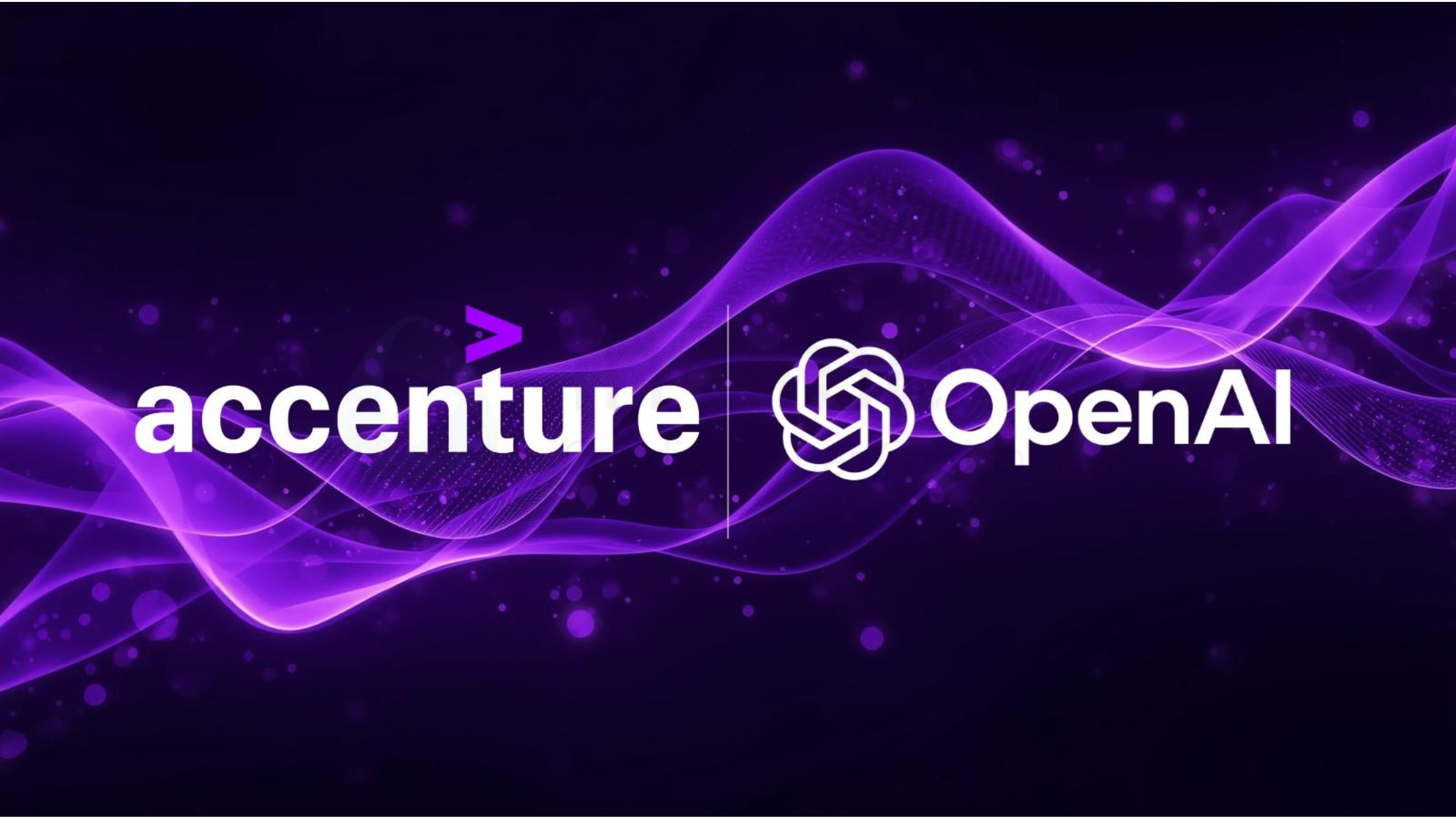
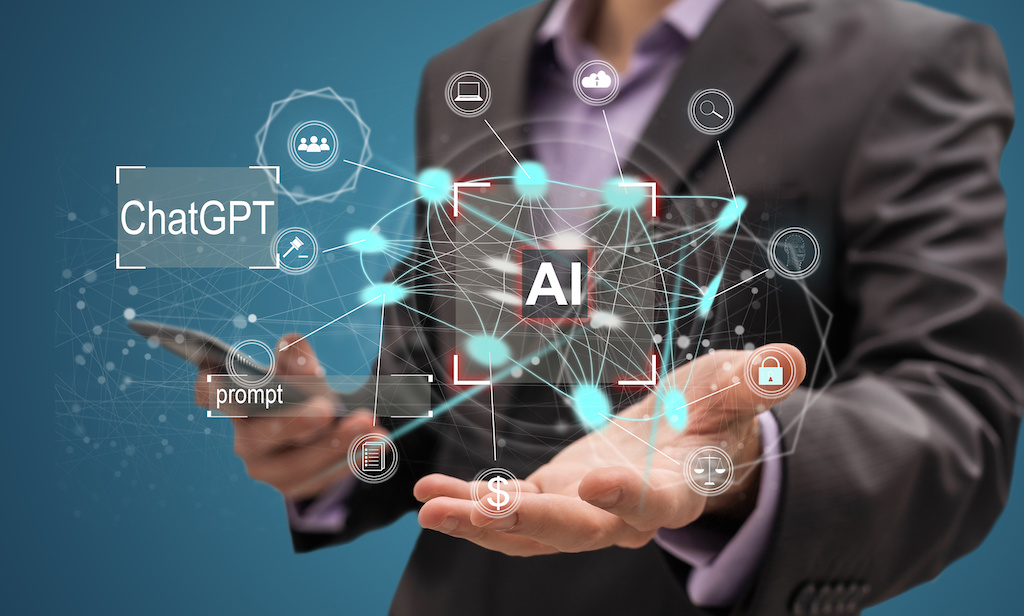
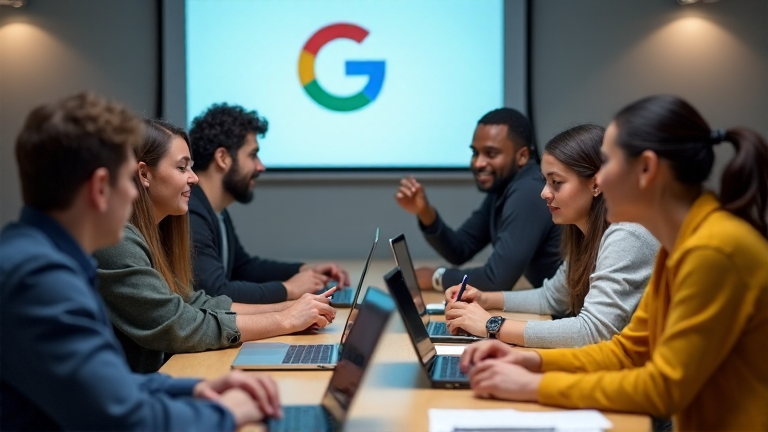

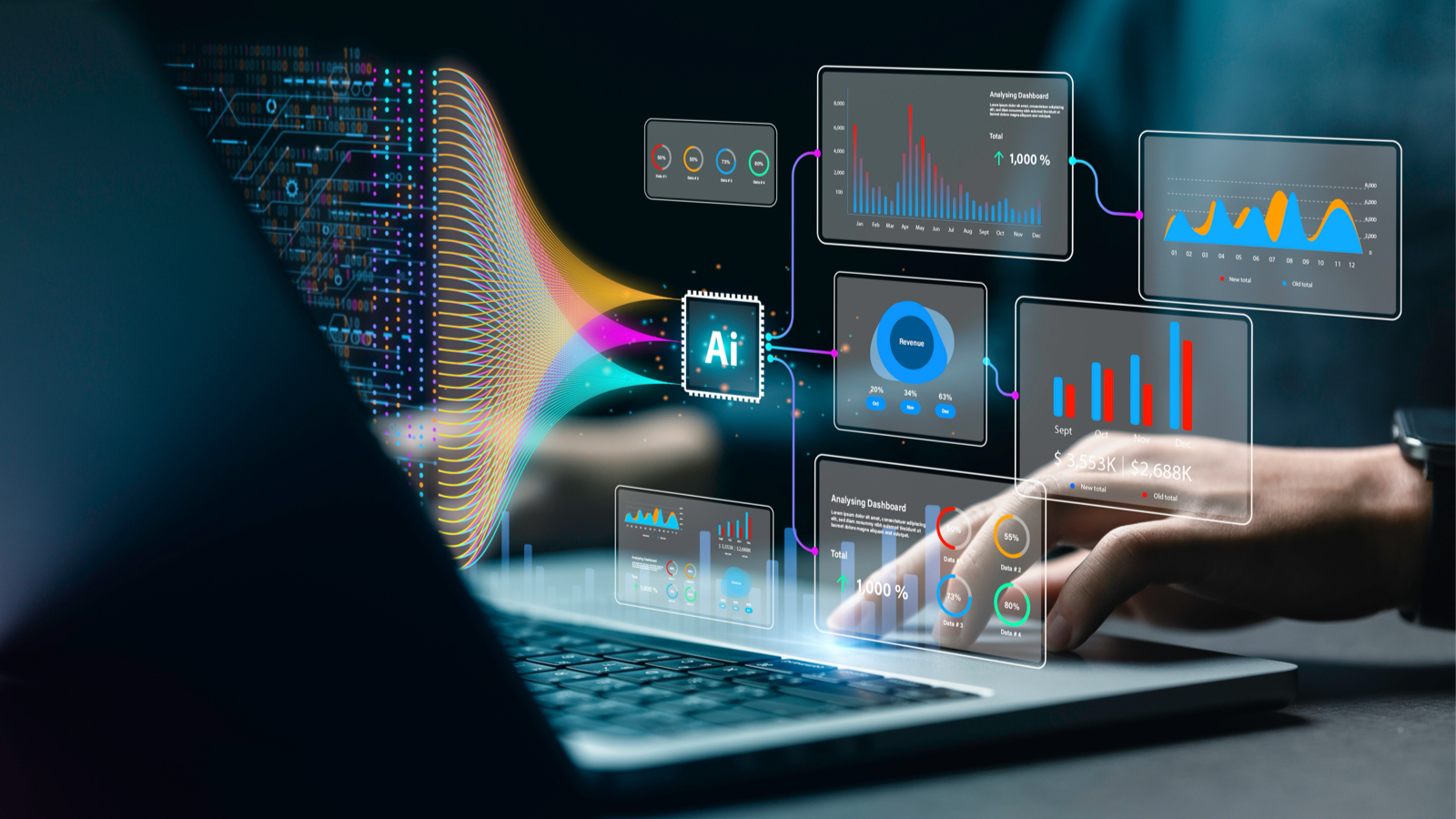







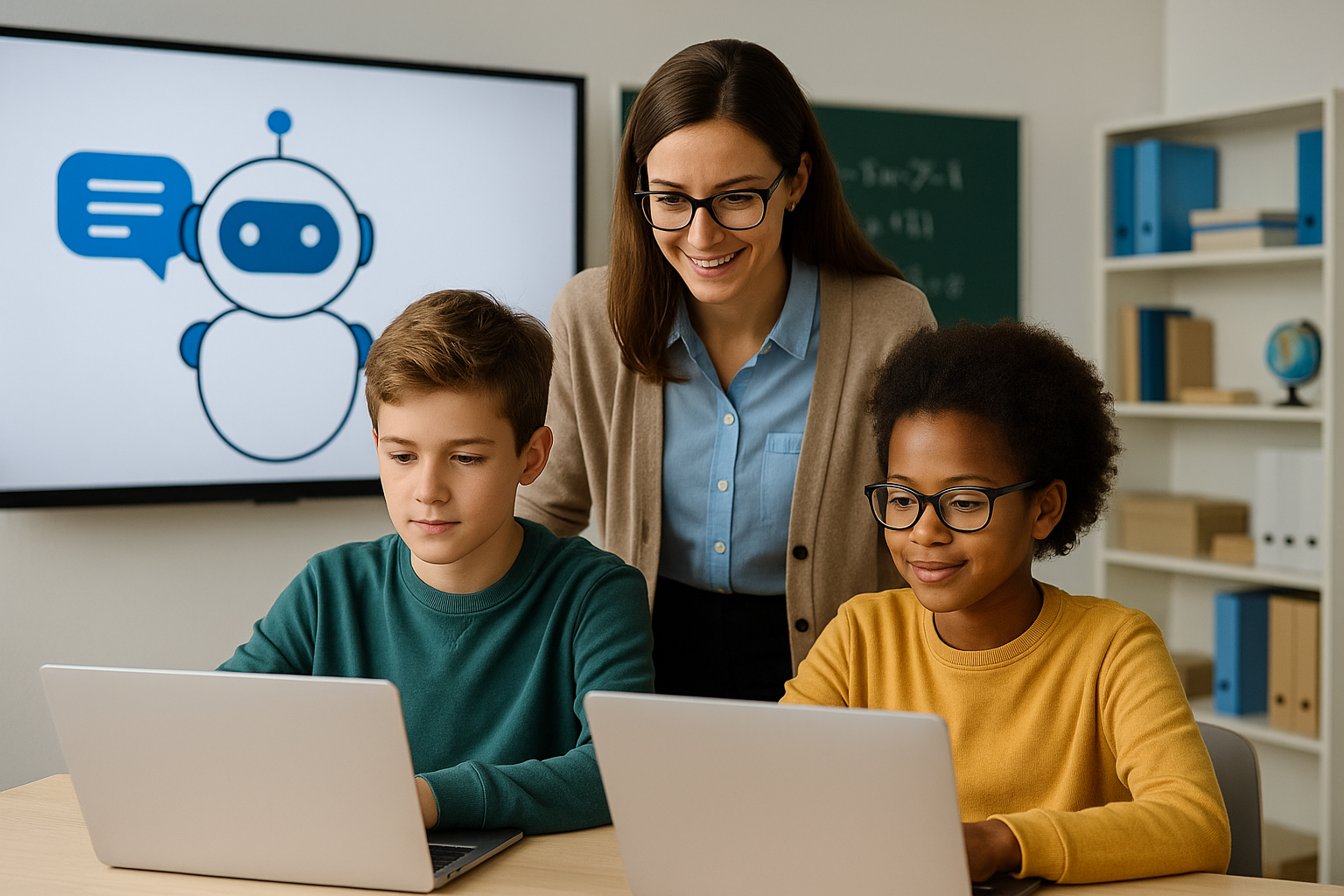





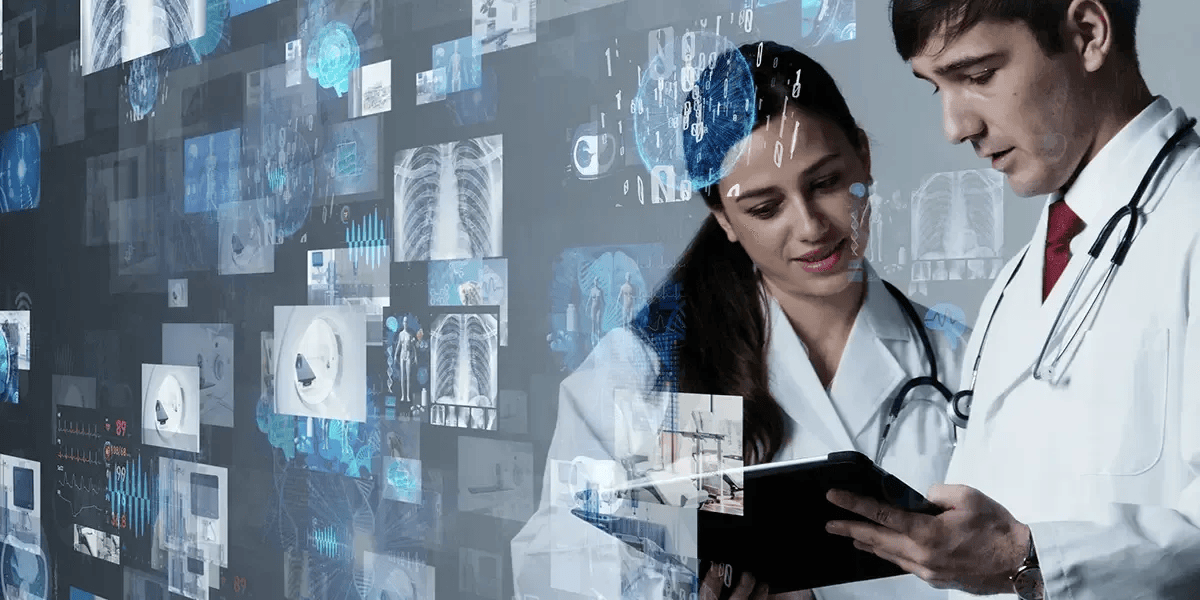

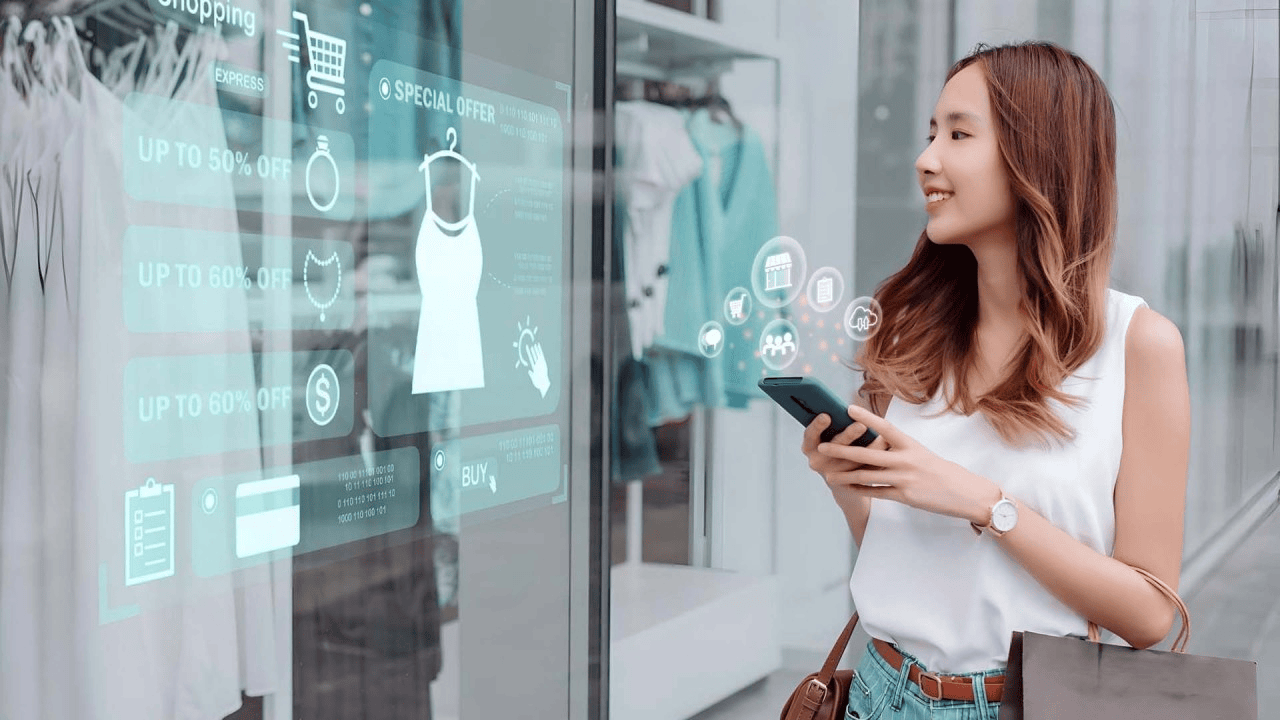

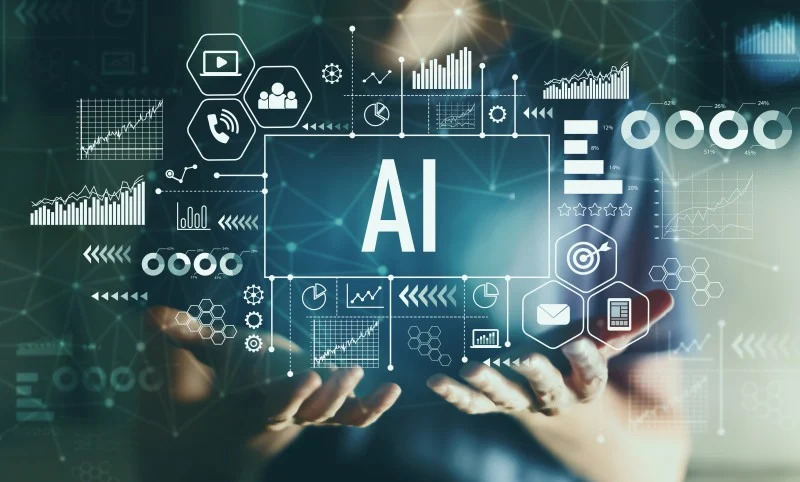
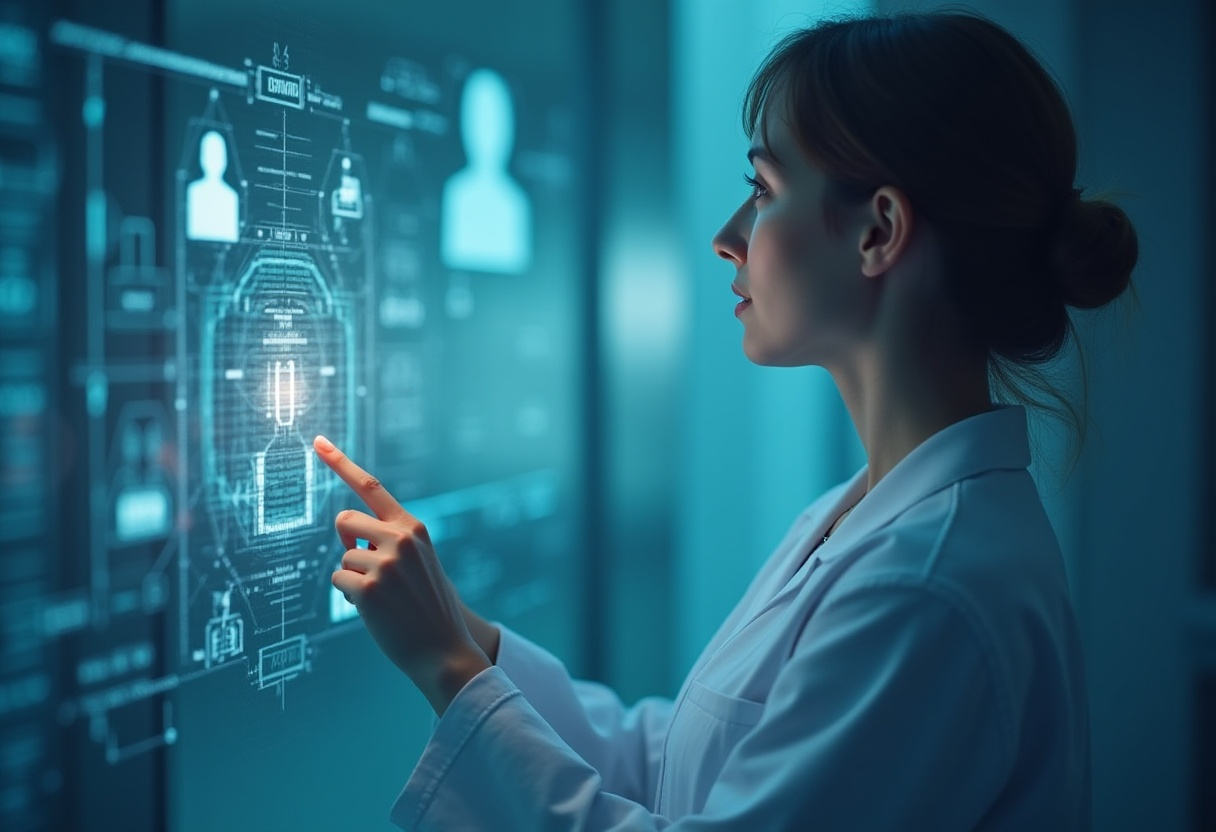
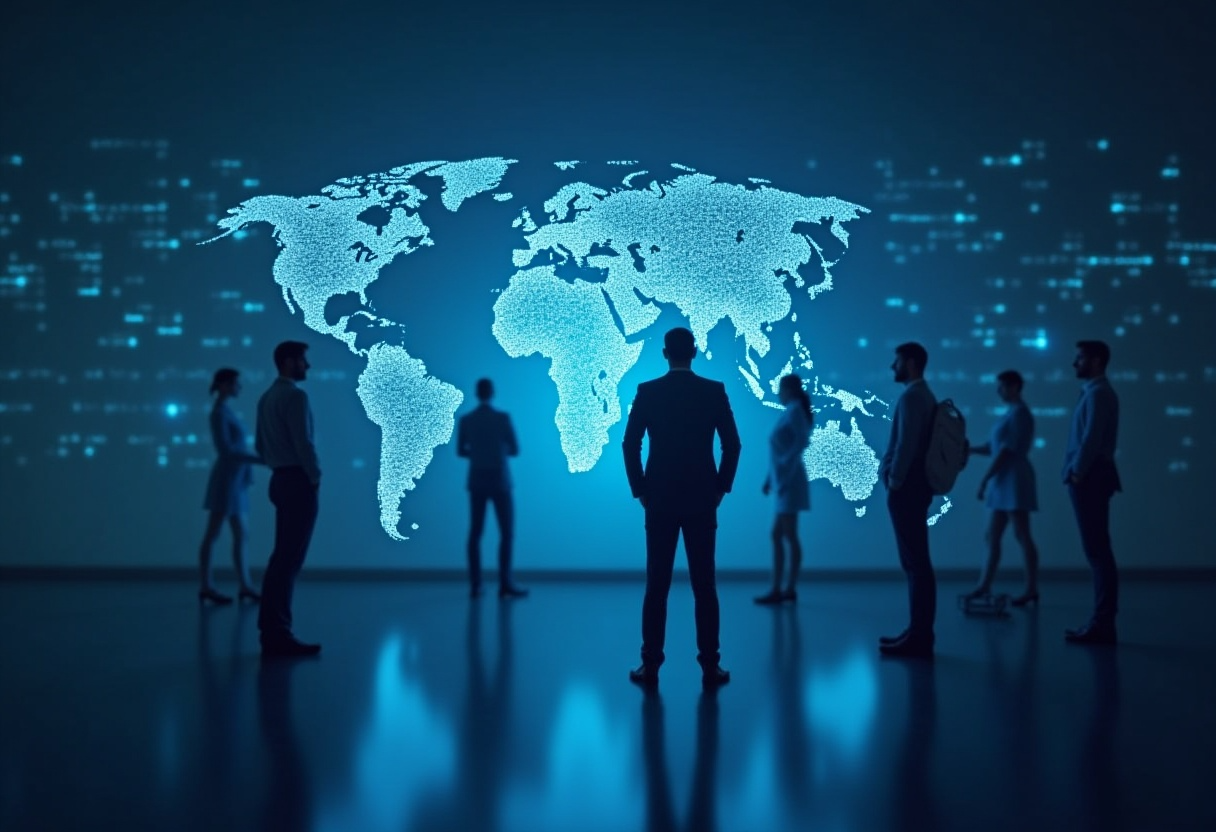

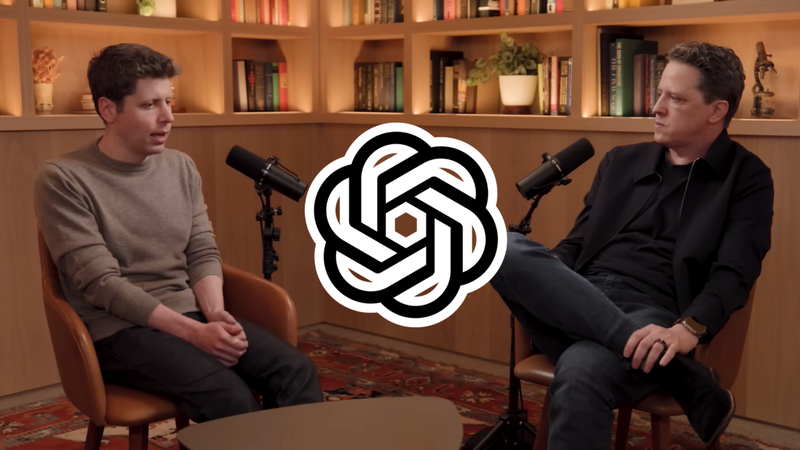





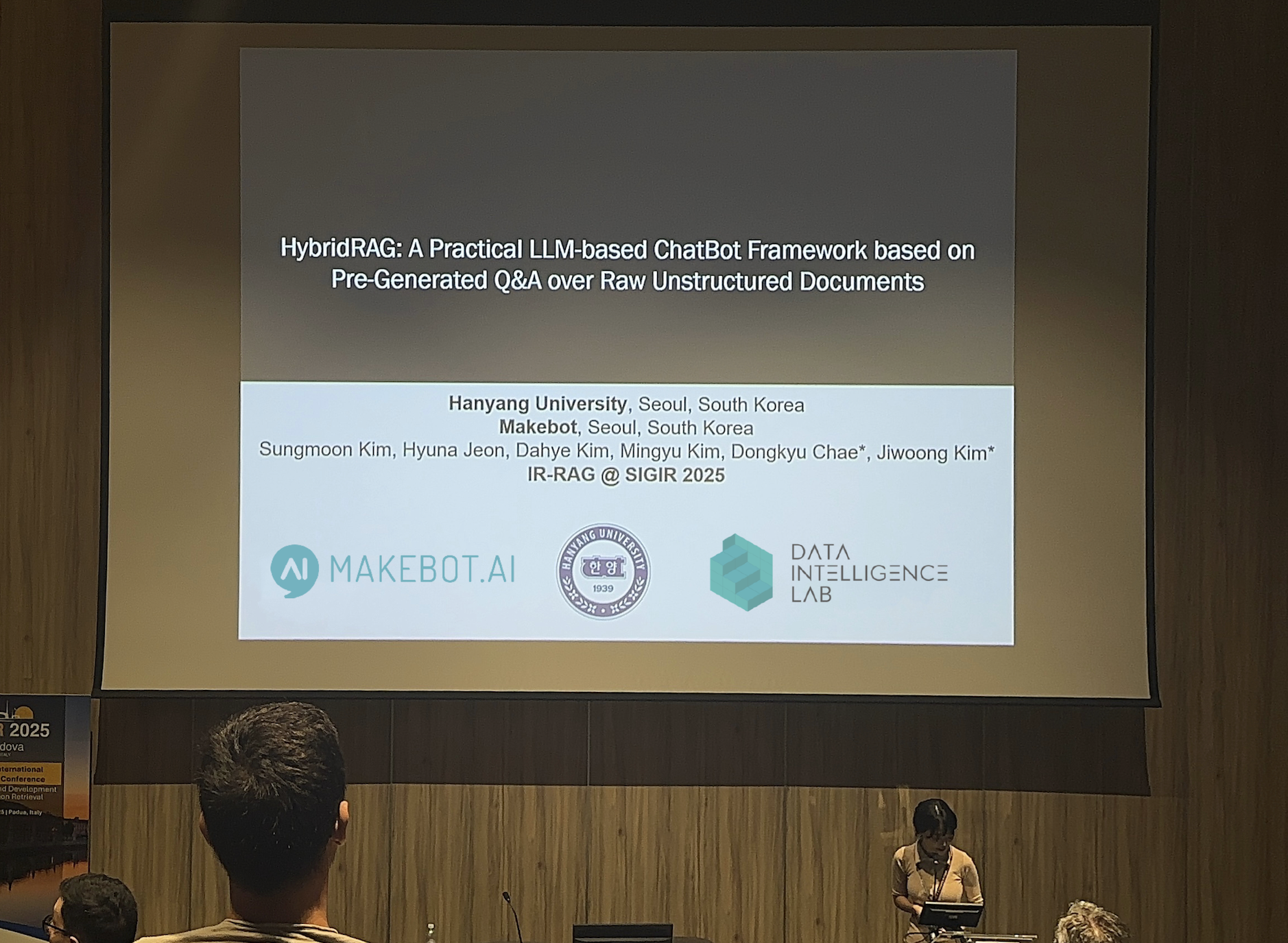









_2.png)











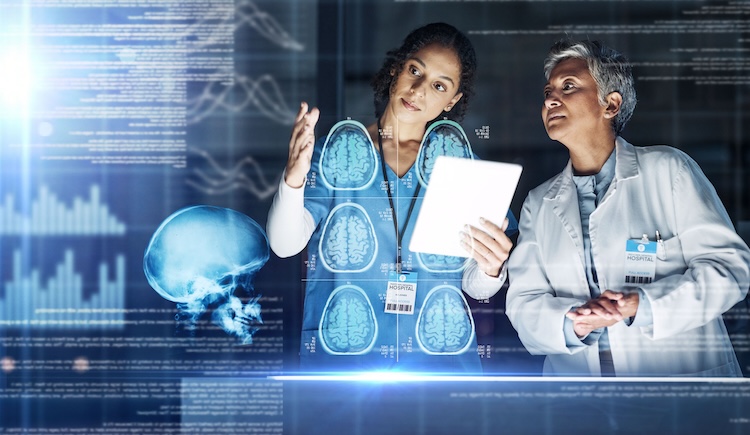





.jpg)













